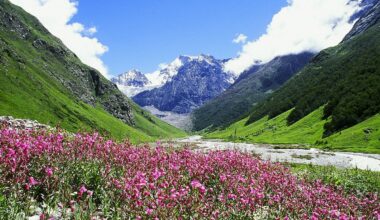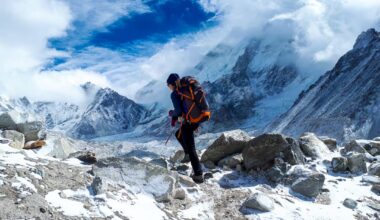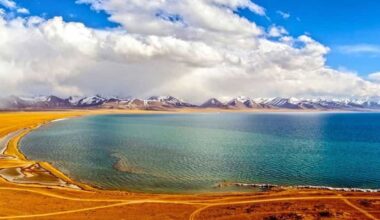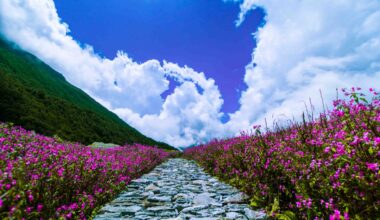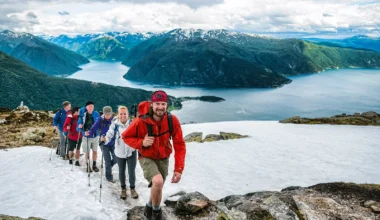The Great Himalaya Trail (GHT) is one of the longest and most breathtaking trekking routes in the world. Stretching across the entire length of Nepal, this trail connects hidden valleys, high mountain passes, and vibrant local cultures, offering trekkers a chance to truly immerse themselves in the majesty of the Himalayas.
If you are looking for the ultimate trekking and travel experience, the Great Himalaya Trail is a dream come true.
What is the Great Himalaya Trail?
The Great Himalaya Trail is not a single trail but a network of trekking routes that runs along Nepal’s northern border. It spans over 1,700 kilometres, crossing remote mountain regions and linking the eastern Himalayas with the west. Unlike popular treks such as Everest Base Camp or Annapurna Circuit, the GHT goes beyond the tourist hotspots, showcasing Nepal’s raw and untouched beauty.
Highlights of the Great Himalaya Trail
1. Diversity of Landscapes
From lush rhododendron forests to arid high-altitude deserts, trekkers experience an ever-changing landscape.
2. Cultural Encounters
The GHT passes through traditional villages of Sherpa, Gurung, Tamang, and other ethnic groups, giving trekkers a glimpse into Nepal’s unique cultural heritage.
3. Adventure & Challenge
With high passes reaching over 5,000 metres, the GHT is considered one of the most challenging long-distance treks in the world.
Sections of the Great Himalaya Trail
The GHT is divided into two main routes:
- High Route (Upper GHT):
Designed for experienced trekkers, this route crosses some of the most remote and rugged parts of the Himalayas. - Low Route (Cultural GHT):
Easier in comparison, this route passes through mid-hills, villages, and terraced farmlands, making it more suitable for moderate trekkers.
Both routes can be completed in sections, allowing trekkers to choose based on their time, fitness, and interest.
How Long Does It Take to Complete the GHT?
A full trek across the Great Himalaya Trail can take anywhere from 120 to 150 days. However, many trekkers prefer doing shorter sections, ranging from 7 to 21 days, depending on the region.
Best Time to Trek the Great Himalaya Trail
The ideal seasons for trekking are:
- Spring (March to May): Clear skies, blooming rhododendrons, and moderate temperatures.
- Autumn (September to November): Stable weather, excellent mountain views, and perfect trekking conditions.
Essential Tips for Trekkers
- Train well in advance – the GHT is demanding.
- Carry proper gear for high-altitude trekking.
- Acclimatise slowly to avoid altitude sickness.
- Travel with a licensed guide or trekking agency for safety.
- Respect local cultures and the environment.
Why Choose the Great Himalaya Trail?
Unlike standard treks, the GHT gives you a chance to:
- Explore remote Himalayan wilderness.
- Experience authentic Nepalese hospitality.
- Push your physical and mental limits.
- Create memories that last a lifetime.
Final Thoughts
The Great Himalaya Trail is more than just a trek – it’s a life-changing journey. Whether you aim to complete the entire route or just a section, it will leave you with stories and experiences like no other.
If you’re planning your next trekking adventure, check out Trekking Search – a helpful platform to explore the best trekking routes, guides, and travel tips before you set out on the Great Himalaya Trail.

